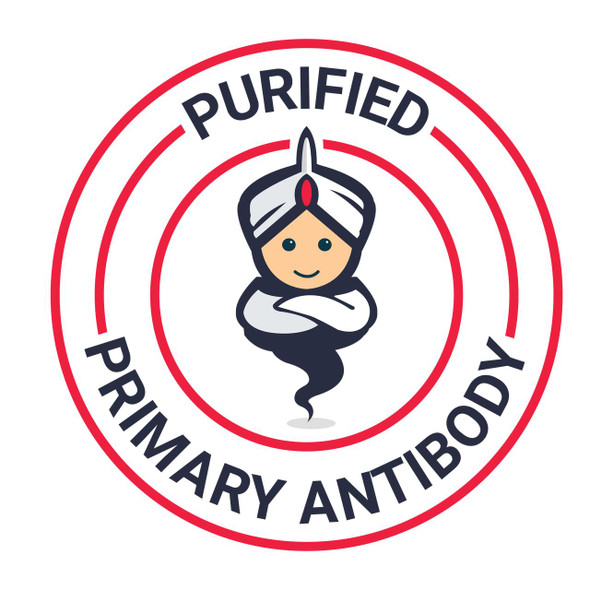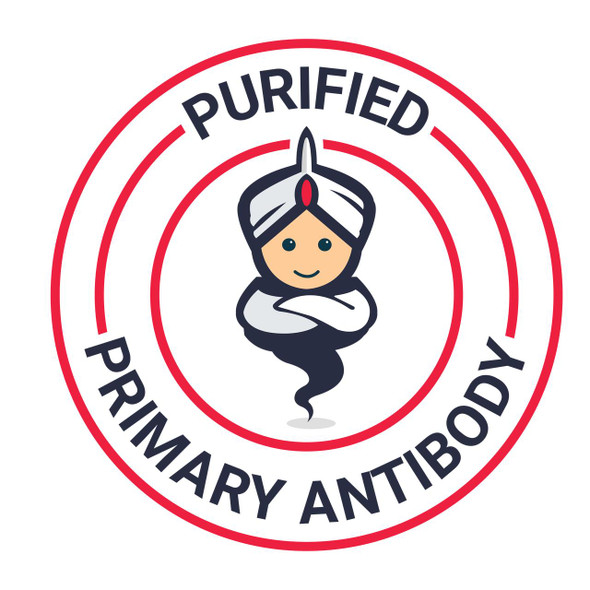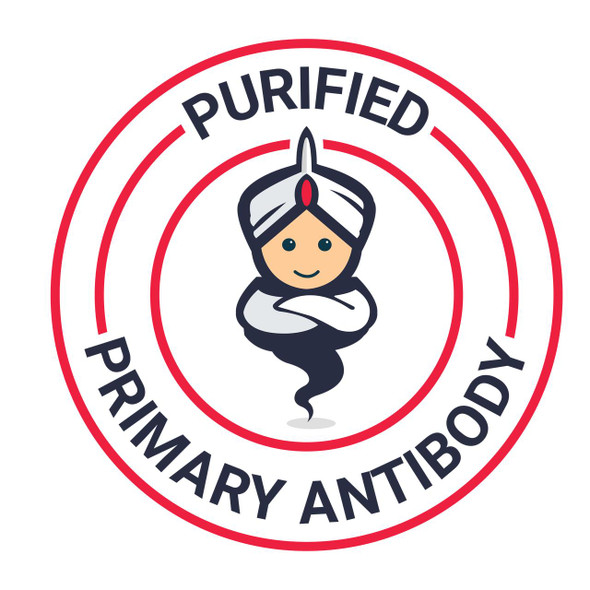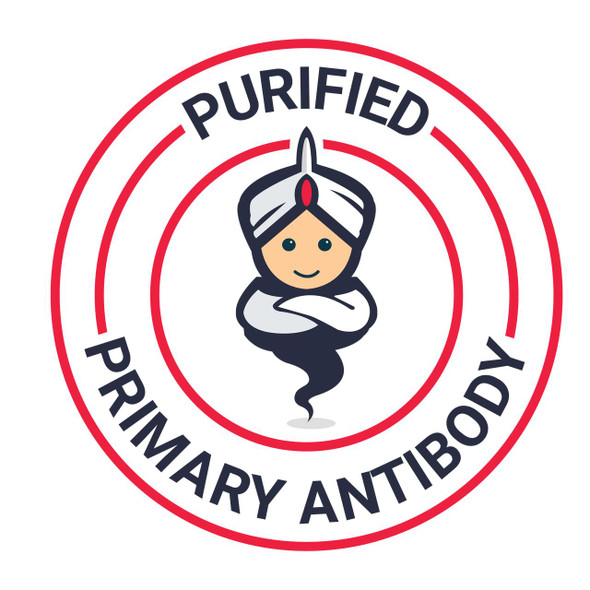Description
| Product Name: | CD86 (no azide) monoclonal antibody |
| Product Code: | AGIM0155 |
| Size: | 100 µg in 100 µL |
| Reactivity: | Human |
| Clone: | BU63 |
| Applications: | Flow Cytometry |
| Conjugate: | Unconjugated |
| Isotype: | IgG1 |
| Host Species: | Mouse |
| Storage: | Aliquot and store at -20°C. Avoid freeze/thaw cycles. Should be handled underaseptic conditions. |
| Uniprot: | P42081 |
| Background: | CD80 (B7-1) and CD86 (B7-2) are ligands of T cell critical costimulatory molecule CD28 and of an inhibitory receptor CTLA-4 (CD152). The both B7 molecules are expressed on professional antigen-presenting cells and are essential for T cell activation, the both molecules can also substitute for each other in this process. The question what are the differences in CD80 and CD86 competency has not been fully elucidated yet; there are still conflicts in results about their respective roles in initiation or sustaining of the T cell immune response. This material is offered for research only. Not for use in human. For in vitro use only. ImmunoTools will not be held responsible for patent infringement or other violations that may occur with the use of our products. . |
| UniProt Protein Function: | CD86: Receptor involved in the costimulatory signal essential for T-lymphocyte proliferation and interleukin-2 production, by binding CD28 or CTLA-4. May play a critical role in the early events of T-cell activation and costimulation of naive T-cells, such as deciding between immunity and anergy that is made by T- cells within 24 hours after activation. Isoform 2 interferes with the formation of CD86 clusters, and thus acts as a negative regulator of T-cell activation. 4 isoforms of the human protein are produced by alternative splicing. |
| UniProt Protein Details: | Protein type:Immunoglobulin superfamily; Membrane protein, integral Chromosomal Location of Human Ortholog: 3q21 Cellular Component: cell surface; intracellular membrane-bound organelle; plasma membrane; integral to membrane; external side of plasma membrane Molecular Function:protein binding; coreceptor activity; receptor activity; receptor binding Biological Process: positive regulation of lymphotoxin A biosynthetic process; negative regulation of T cell anergy; T cell activation; viral reproduction; nerve growth factor receptor signaling pathway; positive regulation of transcription, DNA-dependent; positive regulation of interleukin-2 biosynthetic process; myeloid dendritic cell differentiation; positive regulation of activated T cell proliferation; positive regulation of interleukin-4 biosynthetic process; positive regulation of T-helper 2 cell differentiation; cell-cell signaling; T cell proliferation during immune response; positive regulation of cell proliferation; response to yeast; defense response to virus; aging; response to drug; epidermal growth factor receptor signaling pathway; fibroblast growth factor receptor signaling pathway; phosphoinositide-mediated signaling; B cell activation; T cell costimulation; toll-like receptor signaling pathway; innate immune response; immune response |
| NCBI Summary: | This gene encodes a type I membrane protein that is a member of the immunoglobulin superfamily. This protein is expressed by antigen-presenting cells, and it is the ligand for two proteins at the cell surface of T cells, CD28 antigen and cytotoxic T-lymphocyte-associated protein 4. Binding of this protein with CD28 antigen is a costimulatory signal for activation of the T-cell. Binding of this protein with cytotoxic T-lymphocyte-associated protein 4 negatively regulates T-cell activation and diminishes the immune response. Alternative splicing results in several transcript variants encoding different isoforms.[provided by RefSeq, May 2011] |
| UniProt Code: | P42081 |
| NCBI GenInfo Identifier: | 317373339 |
| NCBI Gene ID: | 942 |
| NCBI Accession: | P42081.2 |
| UniProt Secondary Accession: | P42081,Q13655, Q6FHB1, Q6GTS4, Q7M4L5, A0N0P0, B7Z2F3 B7Z702, E7ETN5, E9PC27, |
| UniProt Related Accession: | P42081 |
| Molecular Weight: | 329 |
| NCBI Full Name: | T-lymphocyte activation antigen CD86 |
| NCBI Synonym Full Names: | CD86 molecule |
| NCBI Official Symbol: | CD86 |
| NCBI Official Synonym Symbols: | B70; B7-2; B7.2; LAB72; CD28LG2 |
| NCBI Protein Information: | T-lymphocyte activation antigen CD86; BU63; FUN-1; CTLA-4 counter-receptor B7.2; B-lymphocyte activation antigen B7-2; CD86 antigen (CD28 antigen ligand 2, B7-2 antigen) |
| UniProt Protein Name: | T-lymphocyte activation antigen CD86 |
| UniProt Synonym Protein Names: | Activation B7-2 antigen; B70; BU63; CTLA-4 counter-receptor B7.2; FUN-1; CD_antigen: CD86 |
| UniProt Gene Name: | CD86 |
| UniProt Entry Name: | CD86_HUMAN |









